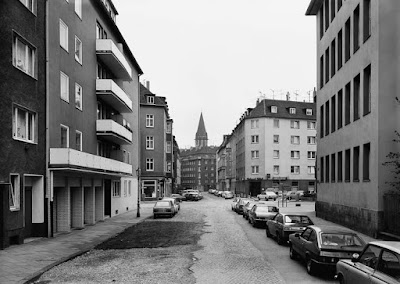
Ai Weiwei in New York
Exhibition reveals a young artist’s experience in a changing city
NEW YORK. An exhibition of early works by Ai Weiwei opened at the Asia Society yesterday. “Ai Weiwei: New York Photographs 1983-1993” (until 14 August) includes over 200 images taken by the artist while he lived in the East Village.
“We had been in discussion with Ai Weiwei to bring the show to New York for nearly a year. Then when he was arrested, we didn’t think we could do it,” said the Asia Society’s museum director Melissa Chiu, as the original works were shut up in his studio. They were able to have copies of the photographs printed and just days after they announced the exhibition Ai was freed on bail.NEW YORK. An exhibition of early works by Ai Weiwei opened at the Asia Society yesterday. “Ai Weiwei: New York Photographs 1983-1993” (until 14 August) includes over 200 images taken by the artist while he lived in the East Village.
“We had been in discussion with Ai Weiwei to bring the show to New York for nearly a year. Then when he was arrested, we didn’t think we could do it,” said the Asia Society’s museum director Melissa Chiu, as the original works were shut up in his studio. They were able to have copies of the photographs printed and just days after they announced the exhibition Ai was freed on bail.NEW YORK. An exhibition of early works by Ai Weiwei opened at the Asia Society yesterday. “Ai Weiwei: New York Photographs 1983-1993” (until 14 August) includes over 200 images taken by the artist while he lived in the East Village.
The series, originally shown at the Three Shadows Photography Art Center in Beijing in 2009, was personally selected by the artist from a huge archive amassed during his time in New York. “He lived here for a decade and he took about 10,000 photos,” said Chiu. “They capture life in the Lower East Side, particularly in the East Village at a time when that area was really changing.” They also capture the artist as a young man (above, Ai Weiwei, outside Tompkins Square Park, 1986) and his later subversive actions against the Chinese government could be seen to have some roots in his experiences witnessing the Tompkins Square riot, the early days of the Wigstock drag festival, and Allen Ginsberg’s poetry readings.
Speaking the day the news broke that Ai had been freed on bail, Chui said: “There’s a great sense of relief that this has happened and it really bodes well for the art community in China.”














